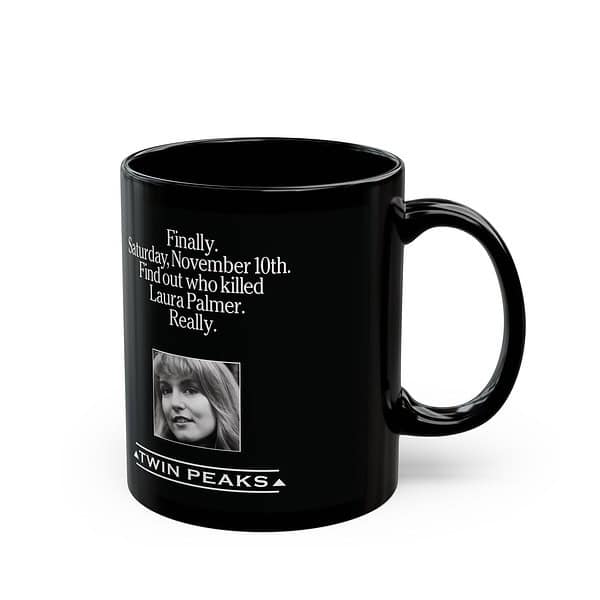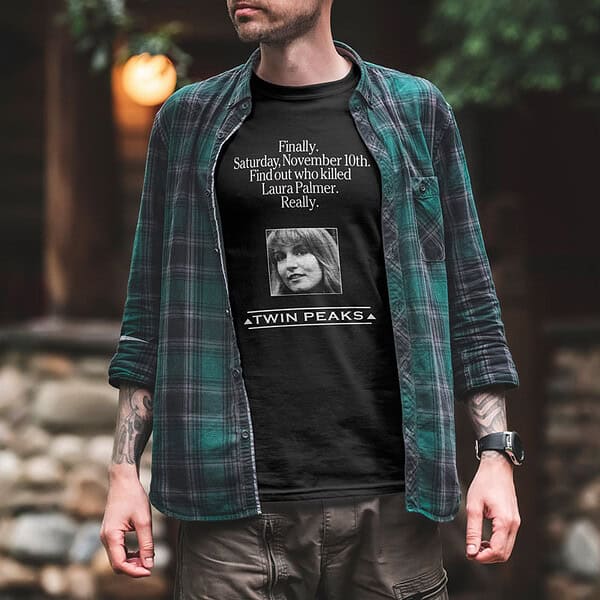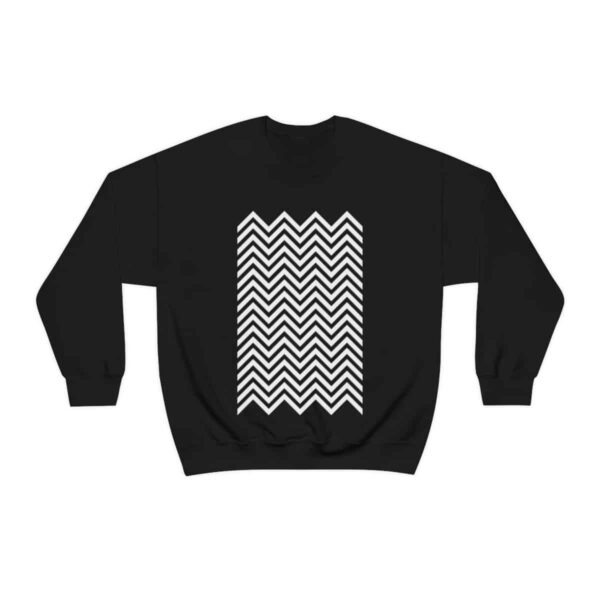Around the dinner table, the conversation was lively. Thank you but for now, the forum has been archived.
Conventional TV and film would have us believe that if someone isn't talking or performing some story-telling physicality then nothing is happening in the scene. I've seen enough of neither in scenes directed by Lynch now to postulate there's another method. Oddly enough it happens plenty of times in real life, and people just don't pick up on it. The contemplative stares and small motor activities that he films reveal keen observations about character in a way that "shows" a lot more than "tell" ever could.
Remember all the way back in Part 2 when Sarah Palmer is anxiously watching lions maul a buffalo. No dialogue. All she did was move about on the couch. There was something mysterious in her demeanor though that indicated something was off. In my opinion it's one of the best ways to portray mysterious intention.
Honestly those are some of my favorite scenes. And I realized long ago that I'm a big fan of establishing shots that feature interesting settings - especially if there's like industrial, white noise in the background (construction vehicles, things like that).
I have no idea why such scenes captivate me beyond at some level being sort of aware of the "hum" of daily activity when I would do things like cut school as a juvenile.
Interesting you mention background noise. I am more attentive to background sounds in my real life lately, since watching The Return. They mean something.
true, what may seem like nothing can or probably does have a point, or multiple points. My biggest complaint though is that when we have a scene that seems to be pointless Lynch lingers on it. The combination of it being baffling or non expository or involving new characters being introduced 3/4 of the way in the series and just hanging on them so long is what I think is a less than perfect choice for the director
true, what may seem like nothing can or probably does have a point, or multiple points. My biggest complaint though is that when we have a scene that seems to be pointless Lynch lingers on it. The combination of it being baffling or non expository or involving new characters being introduced 3/4 of the way in the series and just hanging on them so long is what I think is a less than perfect choice for the director
I would argue that the reason the scene holds on them for so long may be a telling indicator of something to come. The evidence is really piling up that Audrey may not be as OK as the initial reaction to the scene may suggest. Fans were so venomously anxious to see her that they didn't stop to think whether she was actually up and about in the real world. This director likes to show dreams. We can't know for sure what the context of just one scene is until the rest of the show is revealed.
Totally agree. This is why people like Lynch so much, including me.
Though there's this super fine line between letting a scene slowly play out and indulging a directorial quirk that can frustrate some viewers.
I've read before that many filmmakers like to go from less cutting in the early stages of a movie, to more in the later stages, to 'speed up' the story, if you will.
The frustration that some viewers have had (including me) with eps 10-12 is that there are SO MANY interesting unresolved plots playing out right now, that we start to think / feel that none will reach satisfactory conclusions. That's an overreaction of course, but I understand why people feel that way.
The Twin Peaks revival has been exciting, unique, and totally smart (unlike most TV) but I still feel the right to criticize things that seem overly indulgent. And Mr. Lynch is well within his rights to say "Fuck you, Albert" to me or any other viewer. :->
Half the art of this kind of filmmaking is just the scene/sound itself. It doesn't even have to be something going on in a character's head. It's just a painting--and Lynch is a painter. This is similar to long stretches of Kubrick and Malick films (and other artsy filmmakers I'm sure I'm not familiar with).
Going back to Episode 1, one of my favorite shots was right after Mr. C collected Ray and Darya and left Buela's. The shot just sits on the old man with the giant mustache. He's just sitting there. We just take in the costume, set, and sound design, even though there's no story going on. It's a picture--a moving picture. Episode 5 has long been my favorite of the season because it has so many scenes like this. (Though I think the action-packed Episode 11 now tops my list.)
This "pure" scene-making is one of the aspects that makes Twin Peaks 3 stand out from all the other "prestige TV" right now, in my opinion. (If you know other shows that do this, I'm all ears!)
Maybe there's so much stuff left to pack in that Episode 12 was Lynch's last chance to be the slow, self-indulgent filmmaker, so he really went for it. We'll see.
Interesting you mention background noise. I am more attentive to background sounds in my real life lately, since watching The Return. They mean something.
That's been happening to me too. I've been hyper-aware of all these tiny sounds all around me that I hadn't been paying attention to before. They'd always been there, I just wasn't listening properly. I love that the new series is causing me to interact more carefully with my own life.














